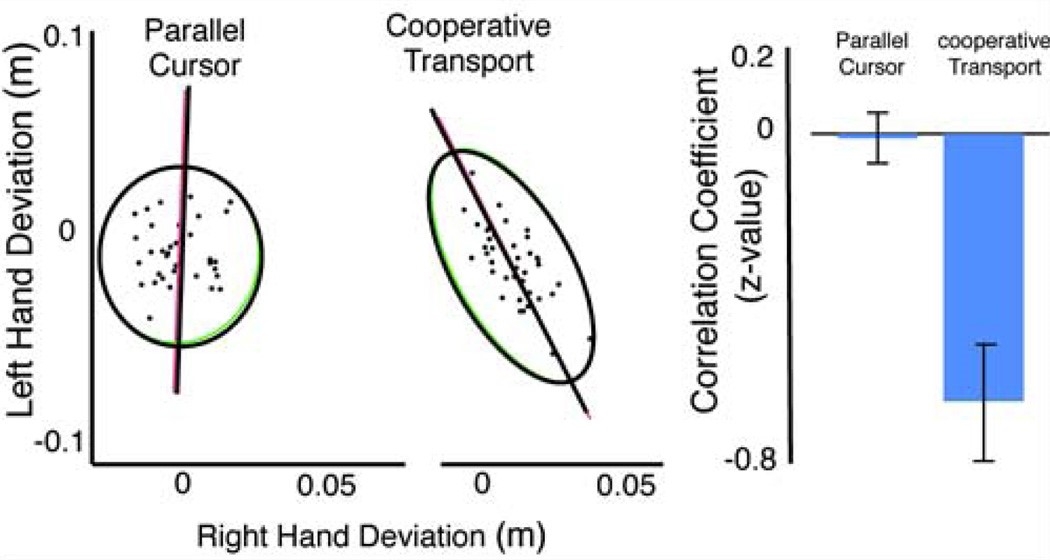You are here
The Effect of Motor Lateralization on Bimanual Coordination
Speakers
Abstract:
Bimanual coordination has been studied extensively for decades and the vast majority of work has been reporting a strong coupling between the two arms following the proposition by Kelso et al. (1979) who hypothesized that a single ‘super-ordinate’ controller is recruited during bilateral tasks. Given evidence of hemispheric lateralization of motor control and resulting significant interlimb differences in intralimb coordination (Sainburg et al., Dynamic Dominance Model), it is interesting to further our understanding of interplay between these two mechanisms of neural control of movement. Does a single ‘super-ordinate’ controller take over during bimanual coordination changing intralimb coordination of one or both arms? During this talk, I will present evidence suggesting individual control of each arm during bimanual coordination, i.e. no coupling. Namely, interlimb differences do persist in bimanual movements coordination and each limb cooperates in compensating task errors, thus stabilizing task performance, i.e. synergy. Furthermore, these synergies can be modified fairly rapidly, even in mild stroke patients whose bimanual coordination also reveals evidence that predictive mechanisms of bimanual coordination depend on the left hemisphere, consistently with Dynamic Dominance Model.


